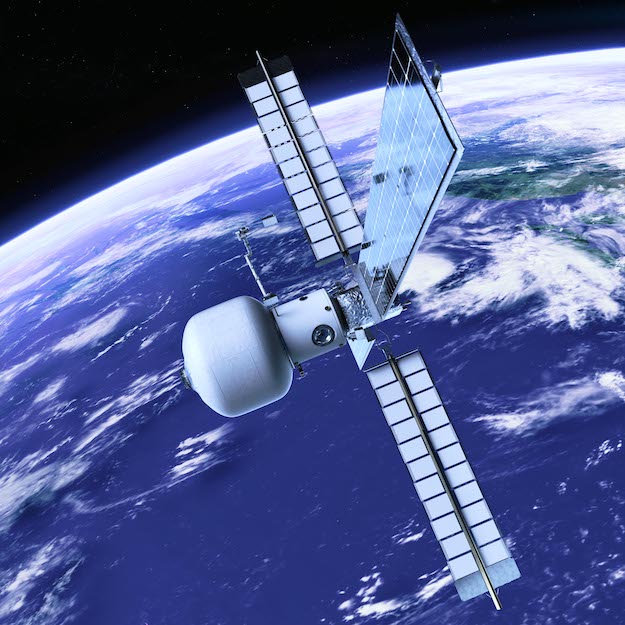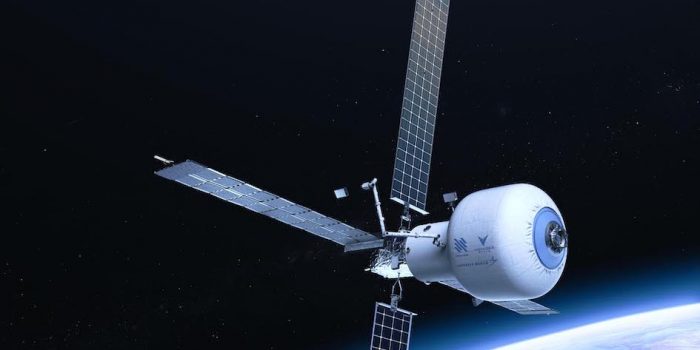Lockheed Martin, Nanoracks, and Voyager Space have decided to collaborate to launch a permanently crewed commercial space station by 2027. It will be named Starlab and will be a semi-inflatable platform that will be available to the US government and private industry.
The International Space Station is having issues for quite a long time now and it might be time for it to be retired by 2030. The United States is searching for private companies that can provide replacements before that date under NASA’s Commercial Low-Earth Orbit Destination (CLD) project. One of such replacements will be Starlab which will be able to independently function.
Starlab will be able to function on different fronts. This will include a huge range of activities like general science, materials research, plant growth, astronaut training, and tourism. Besides all this, it will continue an American presence in space at a time when China is pursuing its own human spaceflight program.

Starlab’s development will be headed by commercial space services provider Nanoracks, with Voyager Space handling the business side. Lockheed Martin will build and operate the station. The station is expected to have a large inflatable habitat module and a metallic docking node. It will have a volume of 340 m3 (12,000 ft3) and four solar arrays totaling 60 kW. In addition, a regenerative Environmental Control and Life Support System (ECLSS) will support a permanent crew of four astronauts plus visitors. There will also be a robotic arm to handle cargo ships and outside experiments.
“We’re excited to be part of such an innovative and capable team—one that allows each company to leverage their core strengths,” says Lisa Callahan, vice president, and general manager, Commercial Civil Space at Lockheed Martin. “Lockheed Martin’s extensive experience in building complex spacecraft and systems, coupled with Nanoracks’ commercial business innovation and Voyager’s financial expertise allows our team to create a customer-focused space station that will fuel our future vision. We have invested significantly in habitat technology which enables us to propose a cost-effective, mission-driven spacecraft design for Starlab.”


